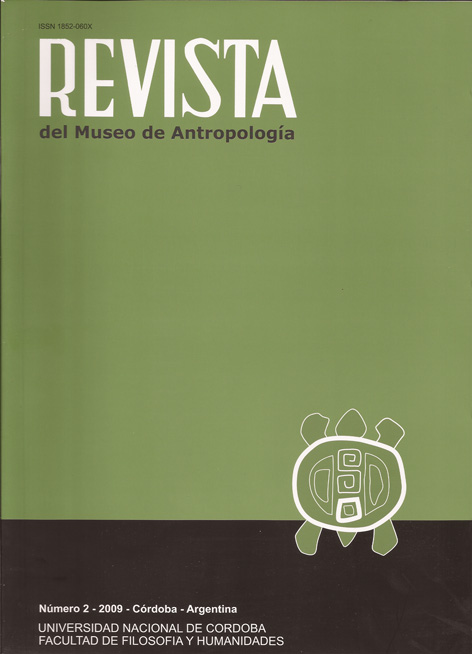DOSSIER: Osteometry of South American camelids
DOI:
https://doi.org/10.31048/1852.4826.v2.n1.5412Keywords:
dossier, Osteometry, South American camelidsAbstract
The identification of bone elements and their assignment to a particular animal species is a central issue for zooarchaeology. Therefore, since the 1970s morphometric differences have been studied that allow the differentiation of species that share a similar bone morphology, especially when this is the result of a process of domestication or improvement of some of the characteristics of the population (e.g. Albarella and Payne 2005, von den Driesch 1976, Davis 1996, Payne and Bull 1988, Reitz 1994, Uerpmann 1979, Weinstock 2003 and bibliography cited there). This morphological similarity may have its difficulties in particular cases such as South American camelids. This family (Camelidae) is currently composed of four species: Lama guanicoe Muller 1776 (guanaco), Lama glama Linnaeus 1758 (llama), Lama pacos or Vicugna pacos Linnaeus 1758 (alpaca) and Vicugna vicugna or Lama (Vicugna) vicugna Molina 1782 (vicuña). In view of the presence of so many different varieties of camelids, it is extremely important to study the morphological variations that allow the different species to be differentiated, a subject to which osteometry aims to provide new data for this family that is so conspicuous in the South American archaeological and paleontological register. This is a key question if the aim is to carry out a paleoeconomic reconstruction of the human populations of the past or of the paleoecology of the environment in which they developed their activities. In recent years, the application of different techniques has been implemented on the remains of camelids in order to advance in the analysis of the composition of the groups recovered from archaeological sites in several regions of the country and neighboring countries (Argentine Northwest, Argentine Patagonia and northern Chile). These variations have been studied in two ways: qualitative and quantitative. The forms of differentiation between species based on qualitative analysis correspond to the study of the dental morphology of incisors (Wheeler 1982, Lavallée et al. 1995: 58-59) and the study of fibers (wool and hair) (Reigadas 1994, 2001). The other type of technique that allows the identification of the different species corresponds to the quantitative analyses based on osteometry and the application of statistical analyses on their results. One of the first applications of this kind of studies on camelids from archaeological contexts was carried out by Jonathan Kent (1982). Other authors have followed such as Elkin (1996), Izeta (2004, 2006 e. p.), López (2003), Madero (1992, 1993-1994) and Yacobaccio et al. (1997-1998) for the Northwest of Argentina and L'Hereux (2005) for Patagonia. In the field of Paleontology, several studies have also been carried out applying this type of analysis, such as those of Menegaz (2000) and Menegaz et al. (1988, 1989), among others. For this reason, this Dossier aims to group diverse works that focus on this diversity within the Camelidae family in order to obtain diverse interpretations. These range from questions related to the identification of metric characters to define sex (Kaufmann and L´Heureux), metric variations between domestic species (Vasquez and Rosales), between domestic and wild species (Cartajena, Izeta et al.), between wild species (Labarca and Prieto) and economic patterns (Olivera and Grant).Downloads
Downloads
Published
Issue
Section
License
Those authors who have publications with this Journalaccept the following terms:
a. Authors will retain their copyrights and guarantee the journal the right of first publication of their work, which will be simultaneously subject to the Creative Commons Attribution License (Licencia de reconocimiento de Creative Commons) that allows third parties to share the work as long as its author and his first publication in this journal.
b. Authors may adopt other non-exclusive licensing agreements for the distribution of the version of the published work (eg, deposit it in an institutional electronic file or publish it in a monographic volume) provided that the initial publication in this journal is indicated.
c. Authors are allowed and recommended to disseminate their work on the Internet (eg in institutional telematic archives or on their website) before and during the submission process, which can lead to interesting exchanges and increase citations of the published work. (See The Effect of Open Access - El efecto del acceso abierto)












